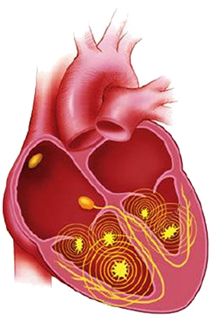
|
ECGbook.com Making Medical Education Free for All |
Upload ECG for Interpretation |

|
ECGbook.com Making Medical Education Free for All |
Upload ECG for Interpretation |
Home /
Asystole, Sudden cardiac arrest (SCA), Sudden cardiac death (SCD), Pulseless electrical activity (PEA)


ECG and Cardiac Cycle


Ventricular Fibrillation

Ventricular Fibrillation and Asystole
Sources
Home /
Asystole, Sudden cardiac arrest (SCA), Sudden cardiac death (SCD), Pulseless electrical activity (PEA)
ECG and Electrical Impulse
|

|

ECG and Cardiac Cycle

|

Ventricular Fibrillation
|

Ventricular Fibrillation and Asystole
Sources